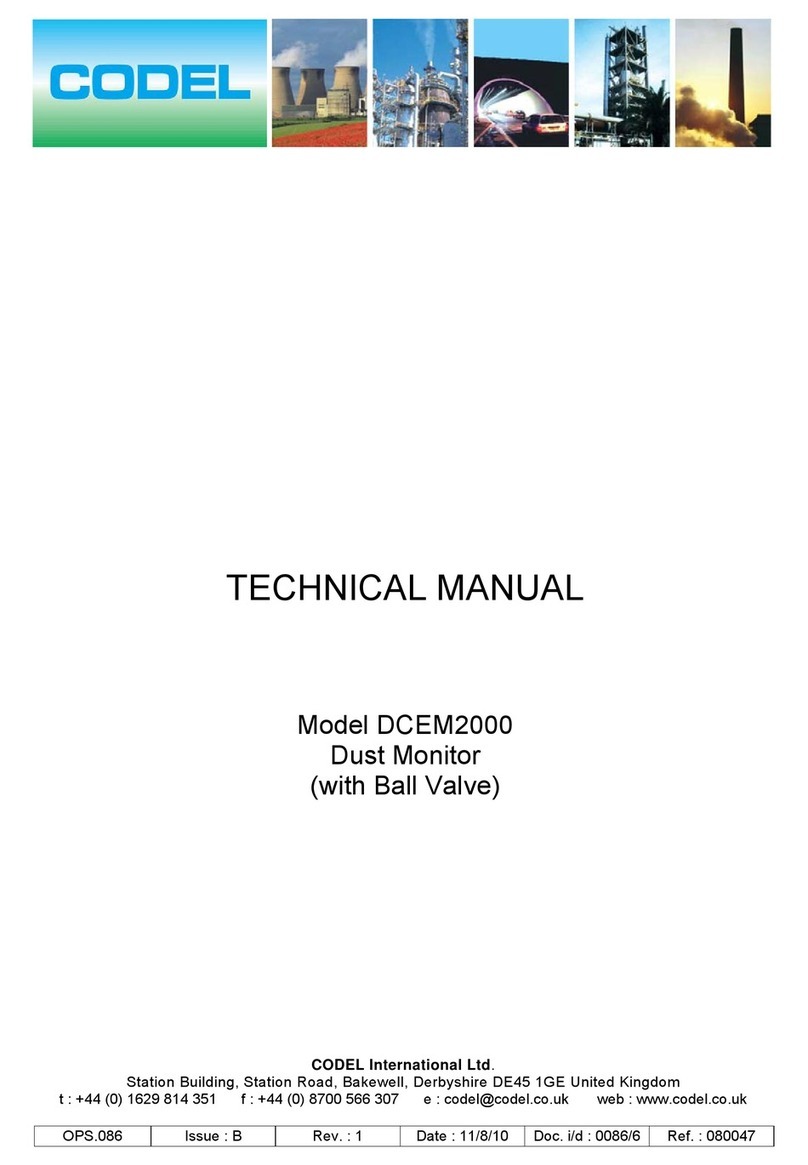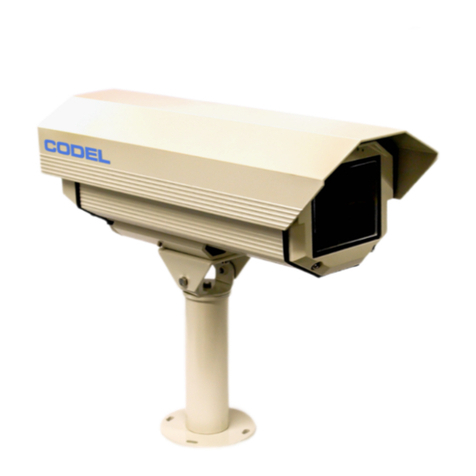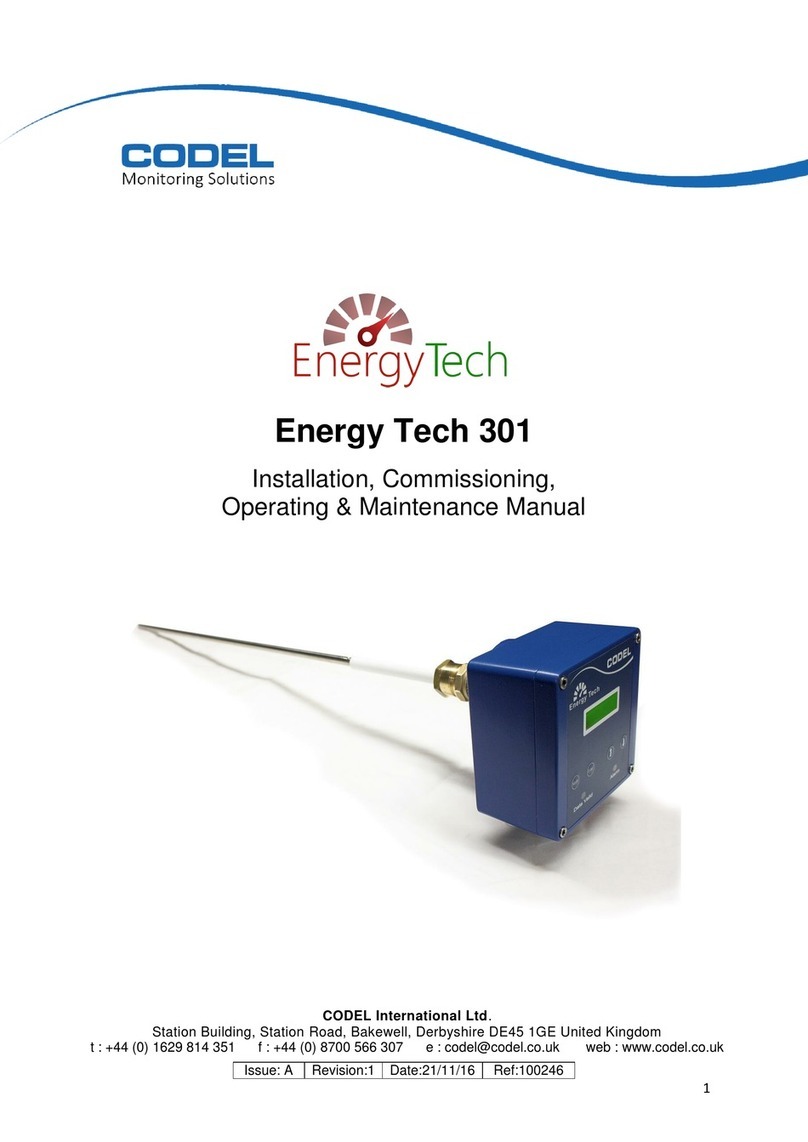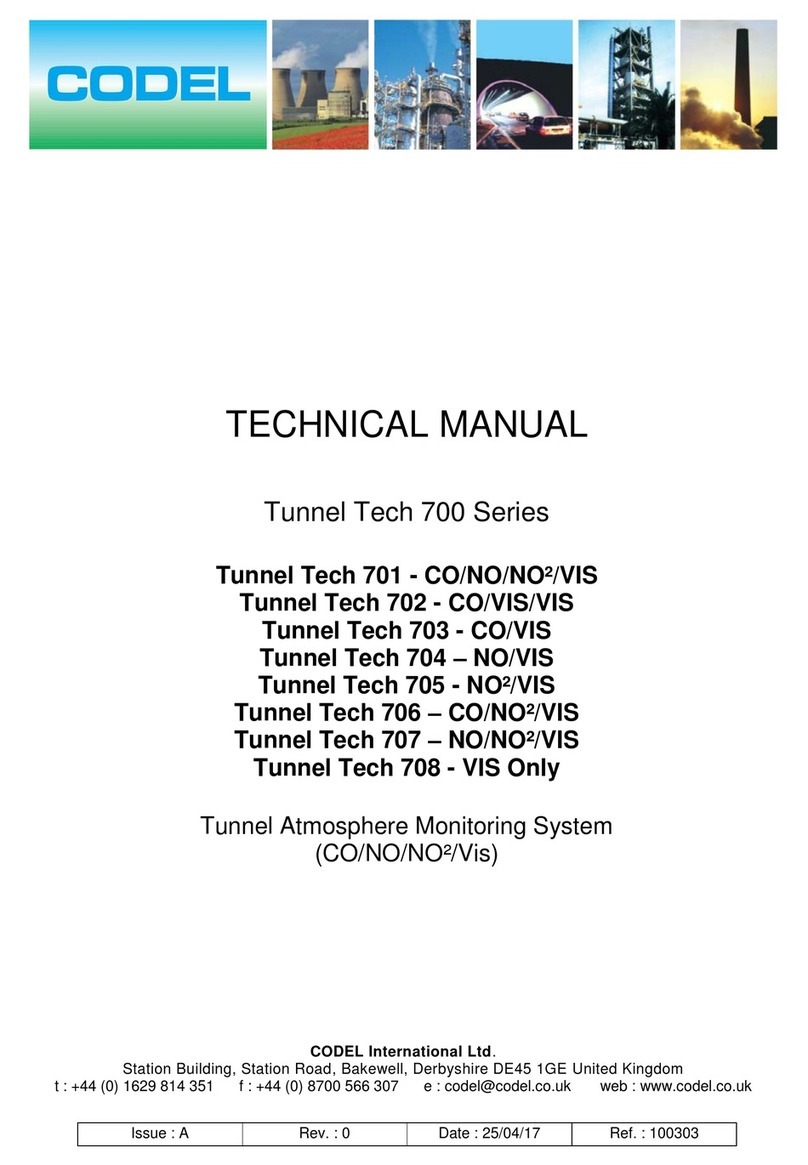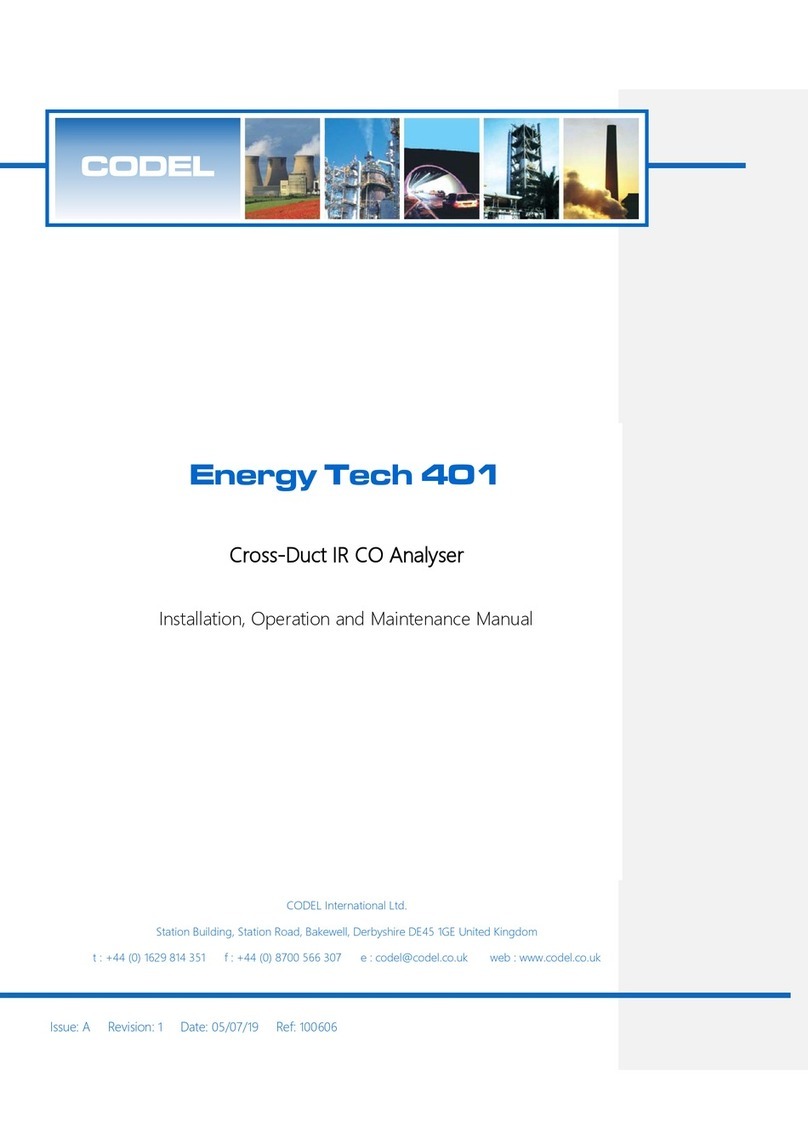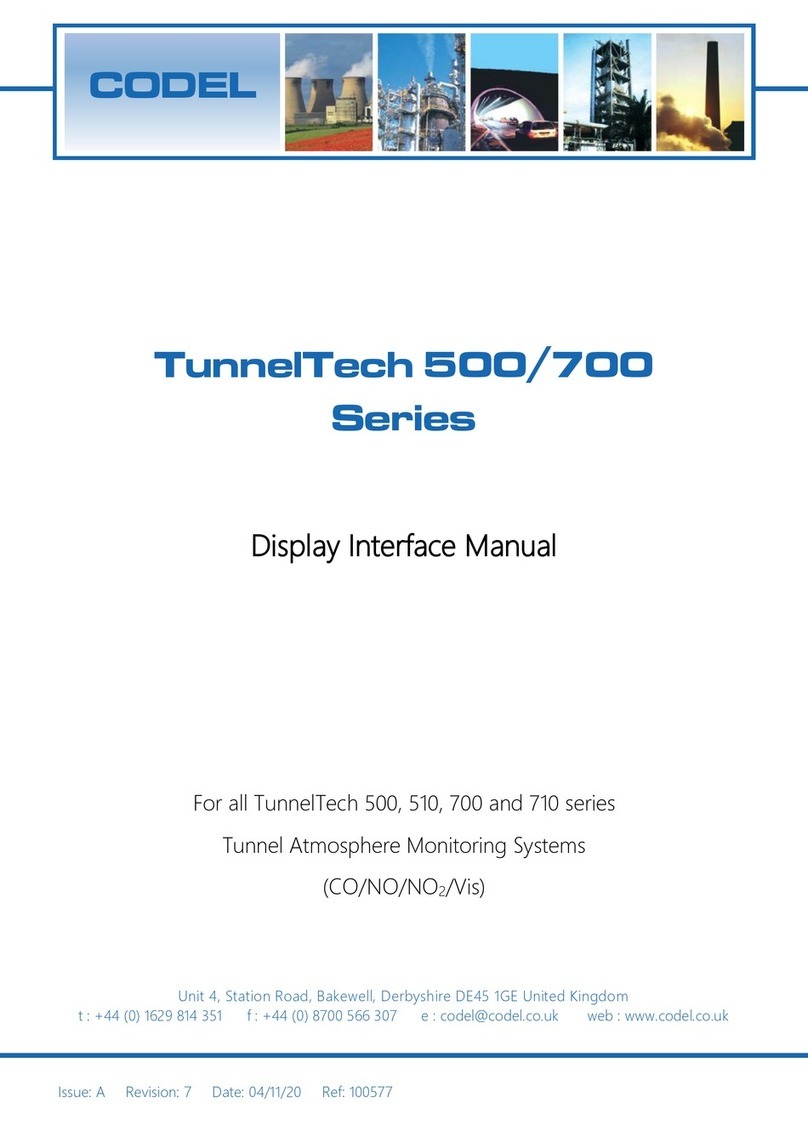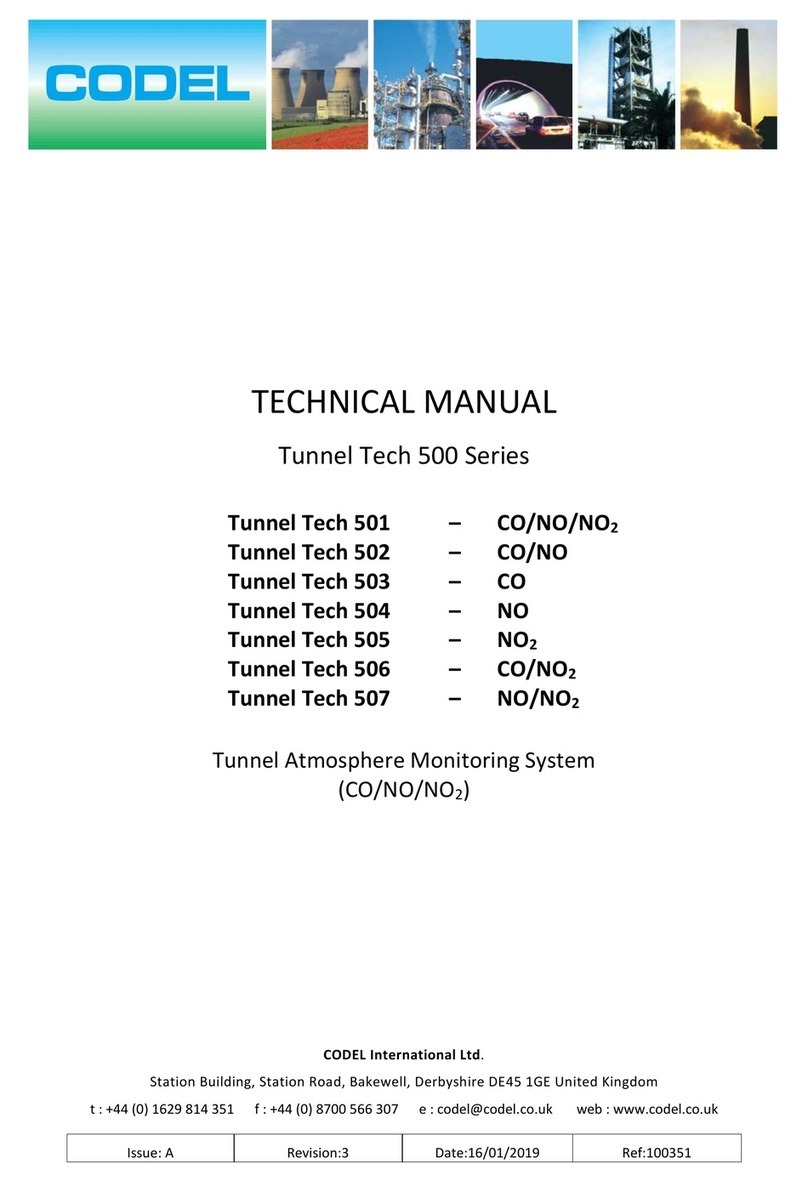7
Contents
Contents
1. EnergyTech 203 CO and O2 Gas Analysing System.........................................................................9
1.1. Introducton..........................................................................................................................9
1.2. System Operation ............................................................................................................11
1.3. Measurement Cabinet.....................................................................................................12
2. Measurement Principle...........................................................................................................13
3. Summary Specification ..........................................................................................................15
4. Preparing for Installation .......................................................................................................16
4.1. Unpacking..............................................................................................................................16
4.2. Additional Materials.........................................................................................................17
5. Installation .................................................................................................................................18
5.1. General................................................................................................................................18
5.3. Measurement Cabinet.....................................................................................................19
5.3.1. Remote-Mounted Installation....................................................................................19
5.4. Terminal Connections.....................................................................................................20
5.5. Compressed Air Connections ......................................................................................20
6. Commissioning.........................................................................................................................21
6.1. Pre-Commissioning Checks..........................................................................................21
6.2. Normal Start-Up Sequence............................................................................................21
7. Normal Operation.....................................................................................................................22
7.1. Introduction.......................................................................................................................22
7.2. Normal Start-Up Procedure...........................................................................................22
7.3. Modes of Operation.........................................................................................................23
7.4. Key Operation...................................................................................................................24
7.5. Program Tree.....................................................................................................................25
7.6. Operating Mode................................................................................................................26
7.8. Parameter Mode ...............................................................................................................26
7.9. Chamber.............................................................................................................................28
7.9.1. Display Format............................................................................................................28
7.10. Diagnostic Mode...........................................................................................................29
7.10.1. Detector Outputs (CO sensor)...........................................................................30
7.9.2. Thermistor (CO sensor)..................................................................................................30
